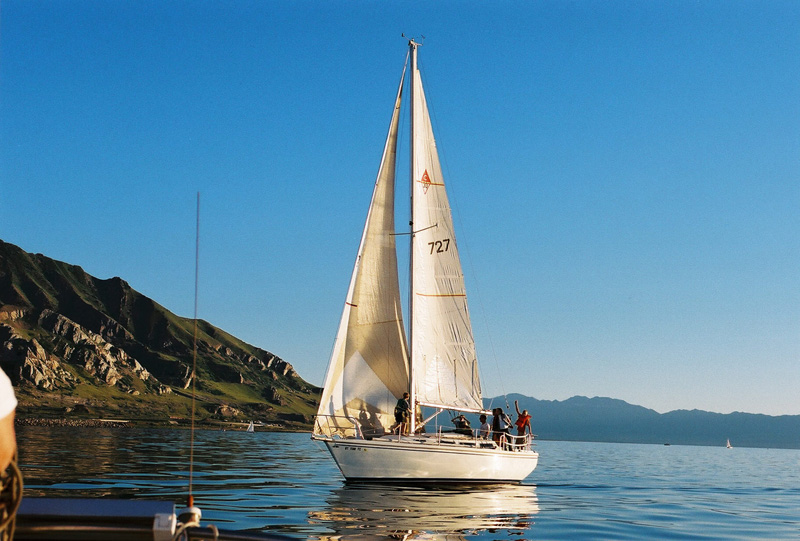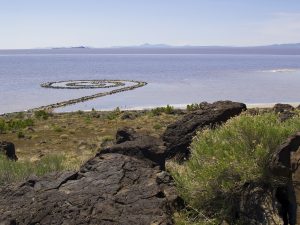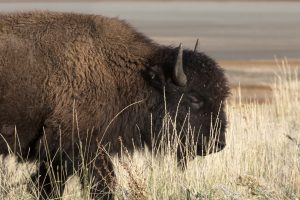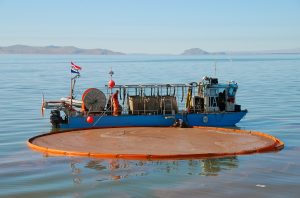
Great Salt Lake, the largest body of water west of the Mississippi River, is truly one of Utah’s wonders. Famous for its high salt content, Great Salt Lake is what is remaining of Lake Bonneville — a giant prehistoric lake that once covered most of western Utah. Great Salt Lake drew thousands of visitors to Saltair in the roaring 20s, and still draws many today. The lake has a unique ecosystem and a wide variety to offer when it comes to recreation, wildlife and industry.

Recreation
When it comes to recreation, there are numerous options at Great Salt Lake. Sunbathers and swimmers visit the sandy beaches at Antelope Island State Park and Great Salt Lake Marina. Bird watchers flock to the Bear River Migratory Bird Refuge and Farmington Bay Waterfowl Management Area. But it doesn’t end there. Fishing, hiking, camping, sailing, mountain biking and kayaking are popular in and along Great Salt Lake too. If you want to get off the beaten path, visit the famous earthwork sculpture Spiral Jetty off the northeastern shore of Great Salt Lake. Build by Robert Smithson in 1970, the jetty is a 1,500 coil made of black basalt rock.
 Ecosystems
Ecosystems
Several species of wildlife thrive and roam freely on Antelope Island including bison, antelope, and deer. The lake’s marshes attract various migratory birds throughout the year. The lake supports approximately 2 to 5 million shorebirds, 1.7 million eared grebes and thousands of waterfowl during spring and fall migration. In 1992, the lake was designated as part of the Western Hemisphere Shorebird Reserve Network.
 Industry
Industry
Brine shrimp are harvested by the billions at Great Salt Lake. In fact, brine shrimp harvested from Great Salt Lake account for one-third of the world’s supply and contributes $57 million to Utah’s economy! That’s a lot of brine shrimp. These little guys are harvested by fishermen on shrimp boats who cast a net (the same equipment to gather oil spills) to gather thousands of eggs or cysts at once. These cysts can be clean, sorted, stored and easily hatched after sitting dormant for months.
Mineral extraction companies operate near Great Salt Lake to harvest sodium chloride. Harvesting sodium chloride is done by evaporating the water in shallow ponds, precipitating the salt and harvesting the salt from the bottom of ponds. The salt is formed into pellets for water softeners and salt-lick blocks for livestock. The salt is also used to melt ice on local roadways.